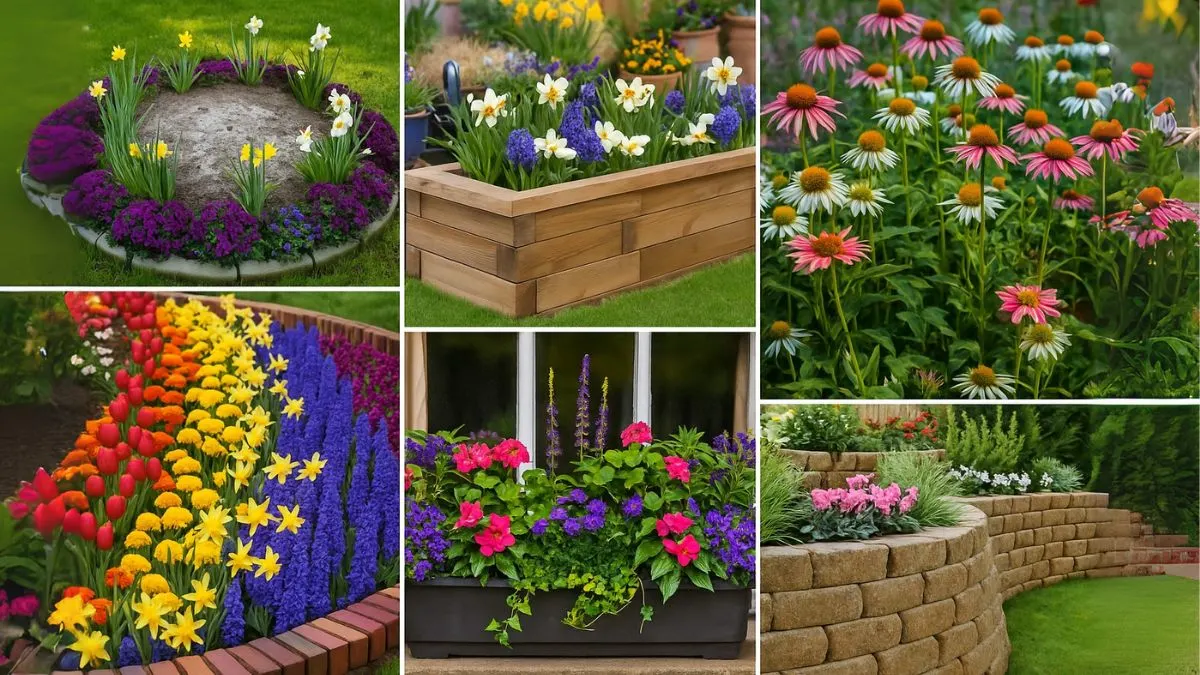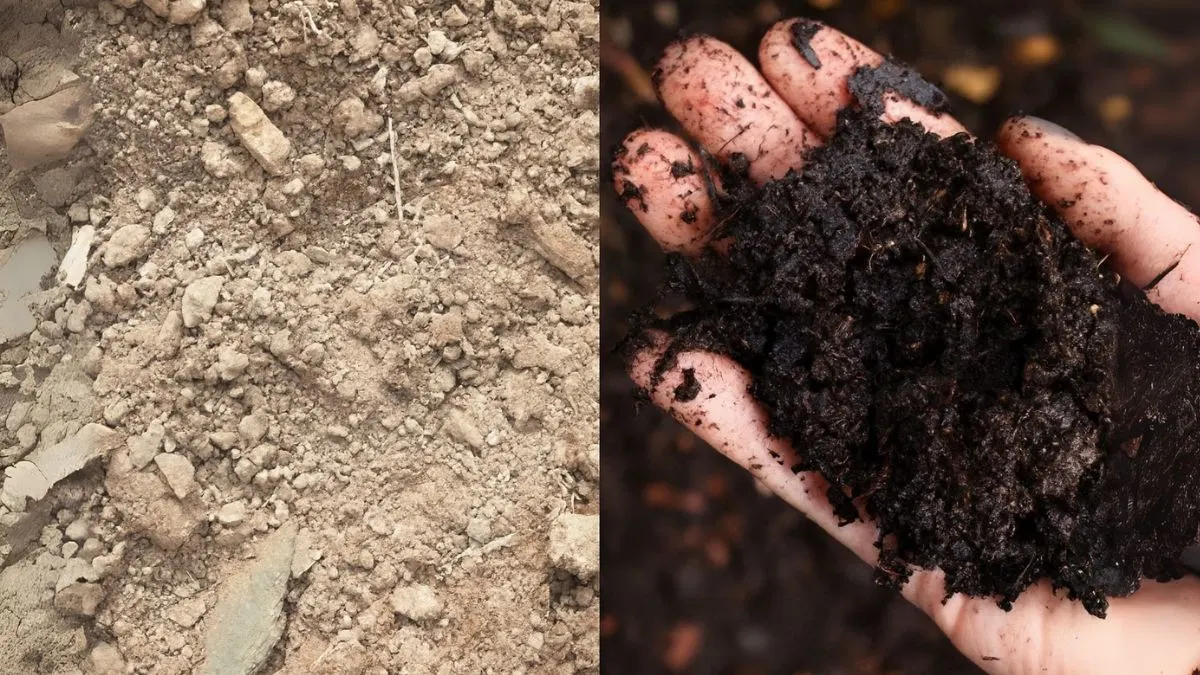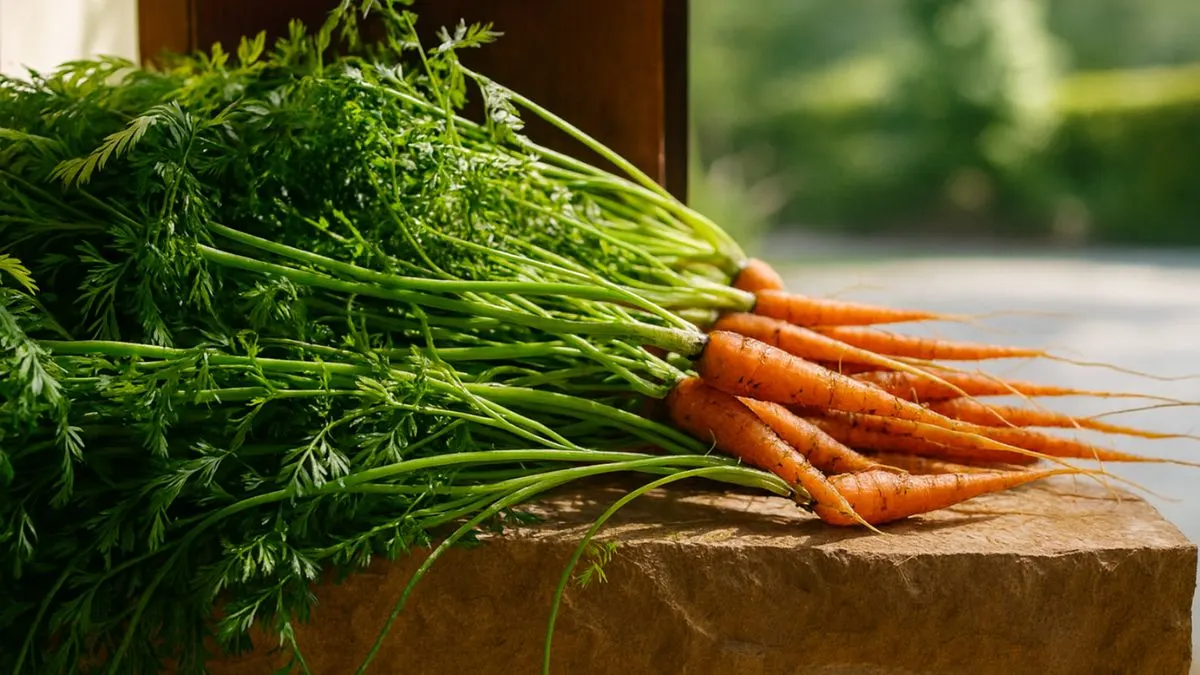A garden is more than just soil and plants — it’s a reflection of personality. The right flower bed layout can completely transform your yard’s appeal, adding structure, depth, and beauty. Over the years, I’ve experimented with different designs in my own backyard, and I can confidently say that the best flower bed ideas often combine creativity with functionality.
1. Circular Flower Beds for a Focal Point
Circular flower beds for a focal point work like a magnet for the eyes. Whether you center them around a tree, a birdbath, or a garden sculpture, the rounded shape creates balance and harmony in your outdoor space.
In my garden, I created a circular bed around a vintage birdbath, planting layers of tulips, daisies, and lavender. The result? Every guest stops to admire it. Pro tip: Use plants of varying heights to create a tiered effect for more visual interest.
2. Raised Wooden Beds for Structure
If you want neatness without sacrificing creativity, raised wooden beds are perfect. They offer clean edges, keep soil from eroding, and can be arranged in geometric or freeform layouts. They’re especially handy in climates like Canada and northern USA, where early spring planting benefits from warmer soil in raised beds.
3. Plant Wildflowers for a Natural Look
If you love a more carefree, rustic garden style, plant wildflowers in a dedicated bed. Wildflowers like coneflowers, black-eyed Susans, and lupines bring a burst of color and attract pollinators like bees and butterflies.
When I first introduced wildflowers into my backyard, I noticed how quickly the garden felt more alive — buzzing, fluttering, and bursting with seasonal blooms. It’s low-maintenance, too, since most wildflowers thrive with minimal care.

4. Layered Color-Themed Beds
Create a striking visual by choosing a single color palette for your flowers — like all whites for a moon garden, or pinks and purples for a romantic vibe. Arrange taller plants like foxgloves at the back, medium-height blooms in the center, and low-growing flowers at the front for a cascading color effect.
5. Herb-Flower Combo Beds
Why not mix beauty with practicality? Plant herbs like lavender, rosemary, and basil alongside blooms like marigolds and nasturtiums. Not only do these combinations look and smell incredible, but some herbs also help repel pests naturally.
6. Edged Beds with Stone or Brick
Using stone or brick edging adds a polished finish to your beds. It keeps mulch and soil in place while creating a defined border. Pair these borders with colorful seasonal flowers for a high-contrast effect.
7. Mixed Perennial and Annual Beds
For year-round beauty, combine perennials like daylilies and hostas with annuals such as petunias or impatiens. This way, you’ll always have something in bloom regardless of the season.
Also Read: Hostas in Containers? It’s Not Just a Trend – It’s a Gardening Hack!
Quick Guide to Flower Bed Styles
| Idea | Best For | Maintenance Level | Visual Impact |
| Circular Flower Beds for a Focal Point | Highlighting garden features | Medium | Very High |
| Raised Wooden Beds | Neat, structured gardens | Low | High |
| Plant Wildflowers | Rustic, pollinator-friendly | Very Low | High |
| Color-Themed Beds | Dramatic visual impact | Medium | Very High |
| Herb-Flower Combos | Functional beauty | Medium | High |
| Edged Beds | Clean, defined look | Low | Medium |
| Perennial + Annual Mix | Year-round interest | Medium | High |
Personal Tip from My Garden
When I moved to my new home, the yard had a single flat patch of grass. I started with circular flower beds for a focal point, added a section to plant wildflowers, and slowly incorporated raised beds. In just one season, my backyard became a colorful, fragrant escape. Neighbors often stop by to ask for tips — and I always tell them, creativity is the secret ingredient.
Whether you lean towards plant wildflowers for a relaxed vibe or prefer the structure of circular flower beds for a focal point, your garden’s design should reflect your personality. These best flower bed ideas are versatile enough for small yards, large properties, or even public spaces.
Start with one change this season, and watch how it transforms your garden into a place you’ll love spending time in.



